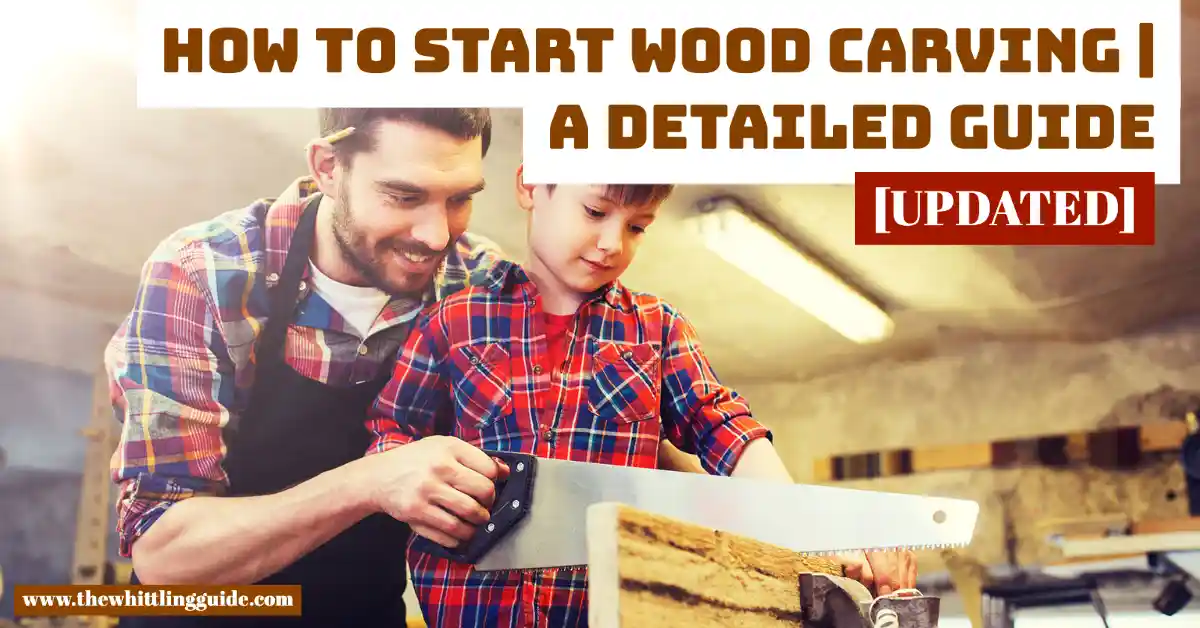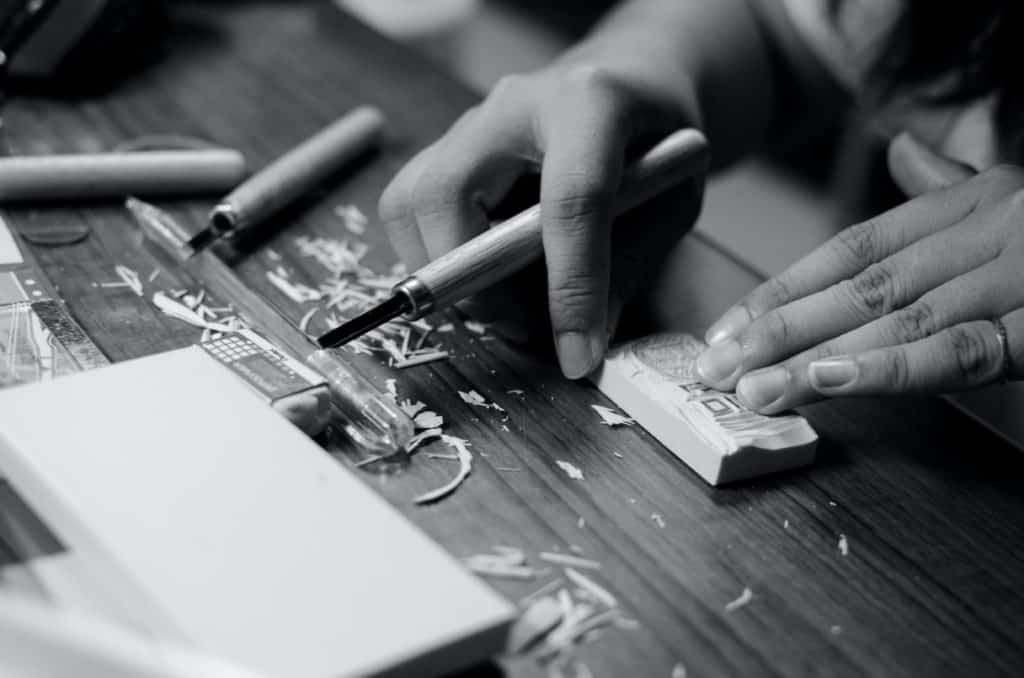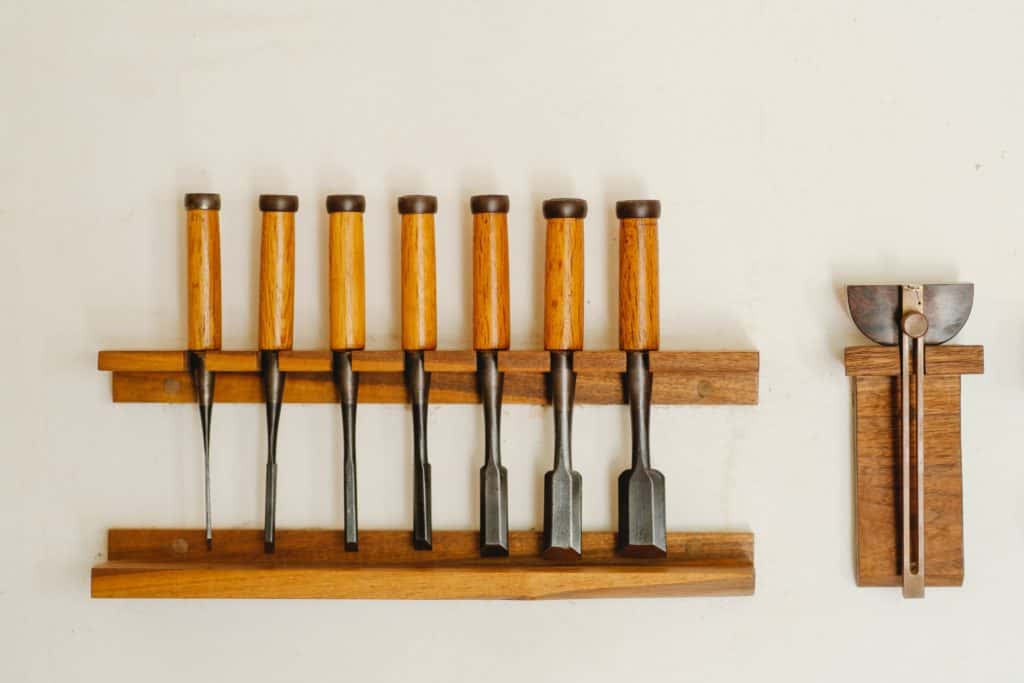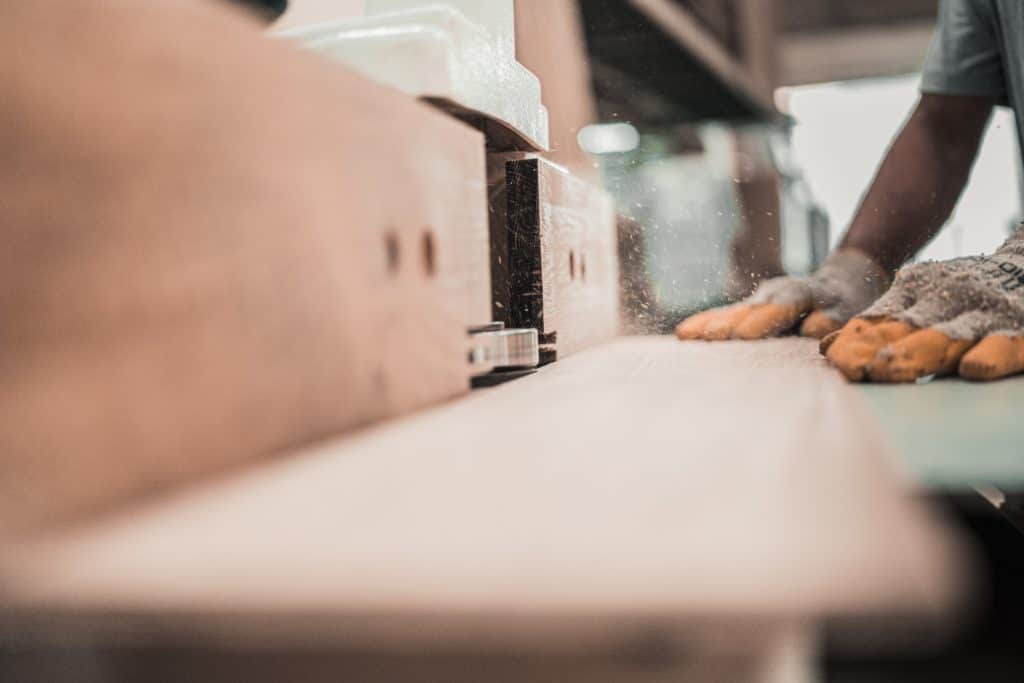
How do you start wood carving?
Are you wondering how to start wood carving? Wood carving is a fun, accessible, and creative craft that does not require you to have a fancy studio or extensive equipment. All you need is a piece of wood and something sharp to carve. This can be a regular carving knife or a chip carving knife. The choice of wood and carving tool will affect your carving attempts’ difficulty, safety and outcome.

Wood carving for beginners doesn’t have to be difficult at home. By starting with softer wood and even a handy pocket knife, you can begin to make trinkets, small sculptures and even large pieces with whittling alone.
For beginners, starting with handmade tools is best for wood carving. Despite the more automated and digital ways to carve wood, starting with hand carving will allow you to understand better how wood feels, bends, and breaks. That is all a part of your journey as a wood carver.
Types of wood carving to consider as a starter
Whittling

Whittling is the art and style of woodcarving performed using a carving knife. It is one of the oldest forms of wood carving. It is known for its sharp, textured cuts that leave knife “strokes.” The sculptures made with whittling are often very angular. Whittling is done using a whittling knife or a carving knife. First, you can start carving wood to create statues and even centrepieces. Whittling requires only a carving knife, although you can also use a V-tool. You can identify whittled wood pieces by looking for carvings with visible knife marks. No sandpaper is required here.
Relief Carving
Unlike carving full sculptures out of wood, relief carving is carving figures into the wood. You start with a flat panel of wood and carve figures into it, leaving the back flat.
Carving in the Round
This is like the clay sculpting of wood cutting. Objects are smooth, angles are rounded – hence the name – and all sides are carved, unlike relief carvings.
Chip Carving
Chip carving involves using a knife, a chisel, and a hammer. The process is exactly as the name suggests: chipping away at a piece of wood. This can be used to create intricate patterns on wooden plates and boards. Chip carving knives are best used with softer woods and allow you to create beautiful pieces from the negative space created by removing wood “chips.”
Types of woods to consider as a starter
If you’re starting with woodcarving, choosing a softwood like a birch, limewood, pine, willow or horse chestnut is better. These are easier to carve. Soon, when you’re more experienced, you can use birch burl, cherrywood, maple, apple, pear, olive or walnut. These contain beautiful patterns and colours and will add new elements to your designs.
Once you’ve decided on your wood carving style, it’s time to select the type of wood you want to work with. Butternut and basswood are softer types of wood that are easier for beginners to carve. Butternut offers a nice-looking grain if you plan to leave your sculpture unpainted. Make sure you purchase the wood from an art and crafts store or wood supplier.
Basswood: Easy to carve, with a fine grain. Soft and easy to carve with a fine grain. Light and cream-colored, best for whittling. The wood has a creamy tint and is an excellent choice for beginners, as it can be found at most local craft shops for a reasonable price.
Butternut: Easy to carve, with a coarse grain. Light brown coloured with a distinct wood pattern. Butternut will have a coarse grain which will make it a bit more challenging to avoid chipping during the whittling process, but it’s soft and easy enough to carve through that it still is a viable beginner piece. You will likely need to go to a lumber yard to get Butternut.
White Pine: Easy to carve, with a medium grain. Soft and cream-colored. Pine is very soft but has a bit of coarser grain.
If you’re getting your wood from a craft store, chances are you won’t find many growth rings or knots. However, if you’re getting it from a lumberyard, this might be more of an issue. Remember, carving around these natural formations can be challenging if you’re a wood carving beginner. Get the cleanest wood possible and come back to the tricky stuff later. Practice makes perfect.
Safety precautions
- Always keep your knife sharp.
Sharpening your knives not only makes your work easier but is also safer too. It’s far more likely you’ll be injured using a dull blade than a sharp one.
- Wear a glove

Always wear it on the hand that is not holding the carving knife. Leather hide work gloves will not only protect your hands, but they will also be more resistant to damage and last longer.
- Wear your safety glasses
It is no fun getting wood chips in your eyes, so protect your precious sight, and always wear a good pair of safety glasses when you’re sawing, chopping or using a Dremel accessory.
- Dust mask
Always wear a dust mask to ensure you are not inhaling the dust created by carving, cutting, sanding or polishing.
Practice drawing your design first
Your woodcarving piece might change as you continue, but it’s essential to perfect its basic shape at the start. Before carving away, trace out your design lightly with a pencil. Staying within the lines of your drawing will help keep you on track when the axe and carving knife comes out.
Setting aside time for woodcarving
There will be times during your wood carving projects that you will wish you could speed things up, especially the drying process. But take things slowly and try to enjoy each step of the process. Carving wood is not a hobby you can rush; you’ll be glad you took your time when you hold your finished piece. So giving it some time guarantees positive results for a starter.
Caring For Your Wood Carving Knives
If you want your wood carving knife to last, you need to sharpen it. Purchasing a sharpening stone is essential to ensure that your blades stay sharp and are up to the task. Make sure you know what steel your knife is equipped with before choosing the ideal sharpening stone.
I hope this article has given you a clear path to start carving wood.
- Grain and Sheen: Teak Oil versus Danish Oil Uncovered - January 10, 2024
- The Cherry on Top: Crafting the Perfect Cutting Board - January 9, 2024
- Polyurethane Water-Based vs Oil-Based: Choosing the Right Finish - January 8, 2024